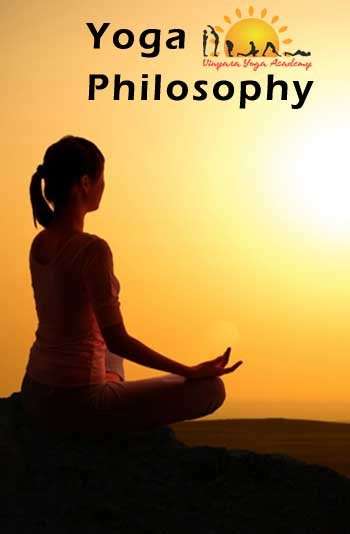
Yoga Nidra
While most people treat yoga as a body workout, the truth is a yoga routine provides deep restoration to your body and mind. And to make your practice more effective, it’s ideal to end your yoga sequence with yoga nidra.
Steps to do yoga nidra.
- Lie down straight on your back in Corpse Pose (Shavasana). Close your eyes and relax. Take a few deep breaths in and out. Remember to take slow and relaxed breaths, and not ujjayi breaths.
- Tip: If you feel any discomfort or pain in lower back, adjust your posture or use a pillow to elevate the legs a little, for more comfort.
- Start by gently taking your attention to your right foot. Keep your attention there for a few seconds, while relaxing your foot. Then gently move your attention up to the right knee, right thigh and hip (again for a couple of seconds). Become aware of your whole right leg. Repeat this process for the left leg.
- Similarly, take your attention to all parts of the body: genital area, stomach, navel region, chest, right shoulder and right arm, followed by the left shoulder and left arm, throat, face and the top of the head.
- Take a deep breath in, observe the sensations in your body, and relax in this still state for a few minutes.
- Now, slowly becoming aware of your body and surroundings, turn to your right side and keep lying down for a few more minutes.
- Taking your own time, you may then slowly sit up, and whenever you feel comfortable, slowly and gradually open your eyes.
Yoga Nidra benefits:
- “Yoga Nidra” induces complete relaxation in the mind and body. Many people claim that “Yoga Nidra” is a lot more relaxing than even sleep.
- This practice can be used to shape the mind and alter our approach to life, thus helping in dealing with depression and anxiety.
- Many practitioners find the quality of their sleep improving drastically.
- The mind turns sharper at grasping information and learning becomes much quicker when practicing yoga nidra.
- This is believed to improve concentration and memory.
- Diseases such as insomnia, hypertension, migraine, ulcers, digestive disorders, and even asthma can be managed by “Yoga Nidra”.
- Incorporating this into your daily schedule is also said to relieve pressure from the coronary system.
- It is considered to be a great stress reliever.
- It is said to awaken the psyche.
 +91-8755744872
+91-8755744872
 contact@vinyasayogaacademy.com
contact@vinyasayogaacademy.com




